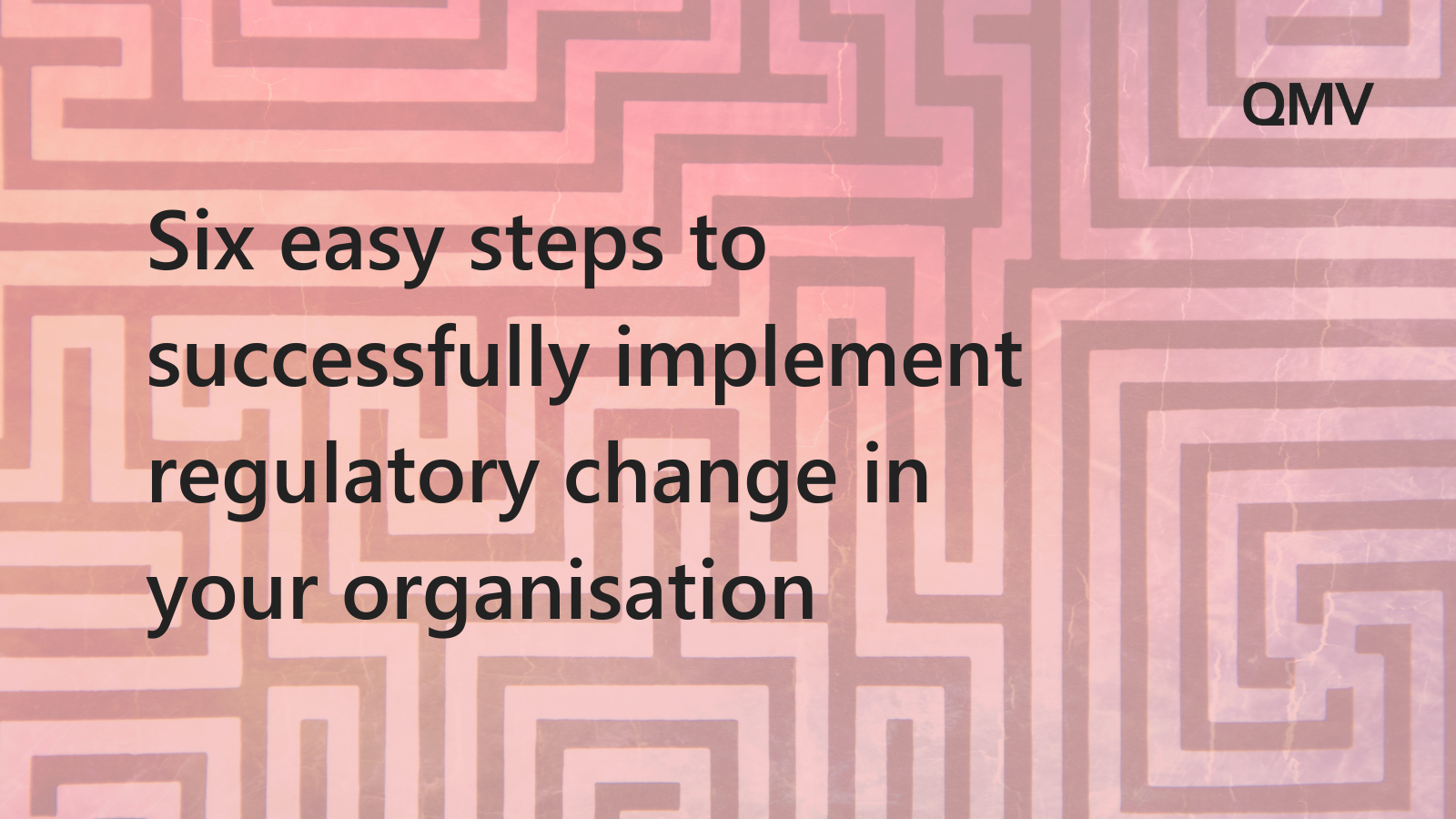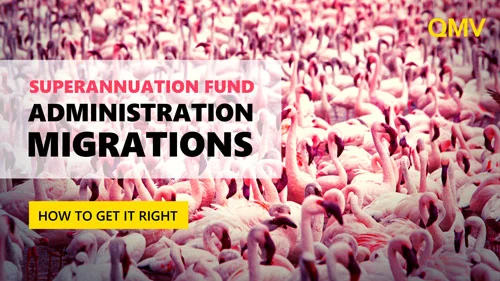Data remediation activities in financial services will never cease. The best that can be achieved is significantly reducing the frequency and scope of remediations over time. Remediation does not always indicate a negative financial impact to a customer, but it does indicate a negative financial impact to the organisation.
Read MoreLegislative and regulatory reform has had and will continue to have a significant impact on the superannuation industry. Fund Trustees are faced with the challenge of developing and implementing cost-effective solutions to meet their obligations, often within a condensed timeframe. Therefore, we have outlined six steps in this article that will provide you with the structure and help with successful implementation.
Read MoreOn 27 September 2022 ASIC released Regulatory Guide 277 Consumer Remediation (RG 277) which is intended to supersede the existing guidance in Regulatory Guide 256 Client review and remediation conducted by advice licensees (RG 256). RG 277 is a significant expansion of ASIC’s remediation guidance and now applies to all Australian Financial Services (AFS) and Australian Credit licensees, including superannuation trustees.
It is important to note the guidance within RG 277 applies to all remediation activity from 27 September 2022; however licensees may still utilise RG 256 for any remediation programs already underway at this date.
Read MoreThe quality of data is imperative to strategic decision making, agility, productivity, and survival and qrganisations are beginning to realise that the consequences and risks of making incorrect decisions is now far greater and getting to the point where data is accurate and reliable to derive a "correct” single view of the customer will take commitment, effort, and investment from the financial institutions.
Read MoreTwo weeks ago I spent a day in a shed with people from ART (Australian Retirement Trust was formed by the merger of QSuper and Sunsuper), on a campaign for supporting the local members of the fund. ART visit the island to provide personal information to the local members about their superannuation entitlements and answering their questions about all things retirement.
Read MoreRedesigning a fund’s operating model often involves introducing new systems, migrating from or switching off legacy systems, adding new resources and/or reskilling staff. Funds with established operating models view this change as an unnecessary expense. Shedding this myopic view of the way funds operate is key to the best outcomes for the Trustee and its members.
Read MoreThe key measure of success for any Trustee expense is how it can be expressed in terms of benefits to members. Providing members with more opportunity for higher returns, lower fees and better service are the most common high-level justifications. This can be much trickier for funds considering a merge or SFT.
Read MoreOngoing merger and business transformation activity in superannuation is driving a staggering rate of change and has giving rise to the most interesting transition work QMV has ever faced.
Read MoreHeightened merger, successor fund transfer and digital transformation activity in superannuation has seen QMV reach the 500 milestone in transition capability. To mark this achievement, we have interviewed a mix of our most experienced transition experts on their personal approach, important traps to be aware of and of course the secret sauce!
Read MoreThe Financial Sector Reform (Hayne Royal Commission Response) Bill 2020 introduced into Parliament departs significantly from the draft legislation as it relates to advice fees in superannuation – this is likely the reason for the delayed introduction and separation from the Hayne Royal Commission Response Bill.
Read MoreIt is no longer solely the domain of lawyers and judges to interpret the regulatory obligations placed on superannuation funds. It is an increasingly important skill for senior executives, risk, compliance, and even project and IT professionals.
Read MoreA Successor Fund Transfer (SFT) or merge is an opportunity for funds to create greater scale that can be readily translated to benefits for the member. In an environment of increasing investor advocacy, a merge that builds “cultural” scale could be an alternative for funds with a strong member voice.
Read MoreIt is no longer solely the domain of lawyers and judges to interpret the regulatory obligations placed on superannuation funds. It is an increasingly important skill for senior executives, risk, compliance, and even project and IT professionals.
Read MoreOne of the most important components of the due diligence process in superannuation fund mergers are cost projections and agreeing on who’s members are paying for what. There are many risks involved in mergers, but equally there are opportunity costs and risks associated with not doing it
Read MoreOne of the most important components of the due diligence process in superannuation fund mergers are cost projections and agreeing on who’s members are paying for what. There are many risks involved in mergers, but equally there are opportunity costs and risks associated with not doing it
Read MoreMany promising superannuation fund mergers over the last decade have failed to eventuate and unfortunately there is little to no research to help us understand why. The question is, why are merger talks prone to collapse especially after the many efforts, expectations and money invested in due diligence, even when benefits to members, employees and the fund seem to be clear?
Read MoreThe question, “Should my fund continue to exist?” if asked three months from today, may produce different answers to the same question if asked earlier in 2020. Smaller funds with members concentrated in vulnerable industries are taking most of the heat around viability during the coronavirus crisis, but cracks are showing up across many funds.
Read MoreTrustees regularly put their administration up for tender and a successful bid often results in a fund migration. This may be between administrators or just platforms within an administrator. Each migration is unique and presents its own set of challenges and disruptions…
Read More



















